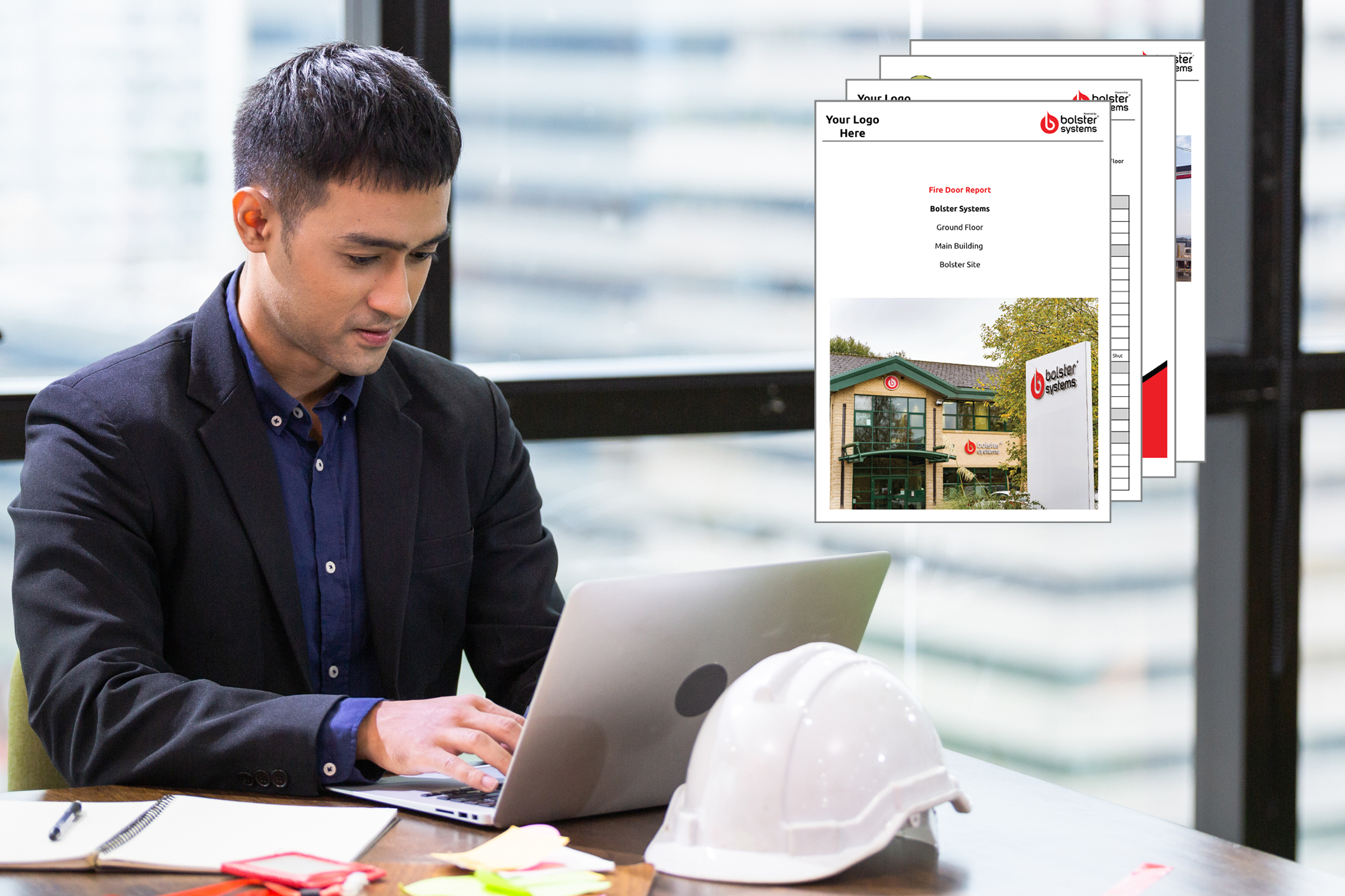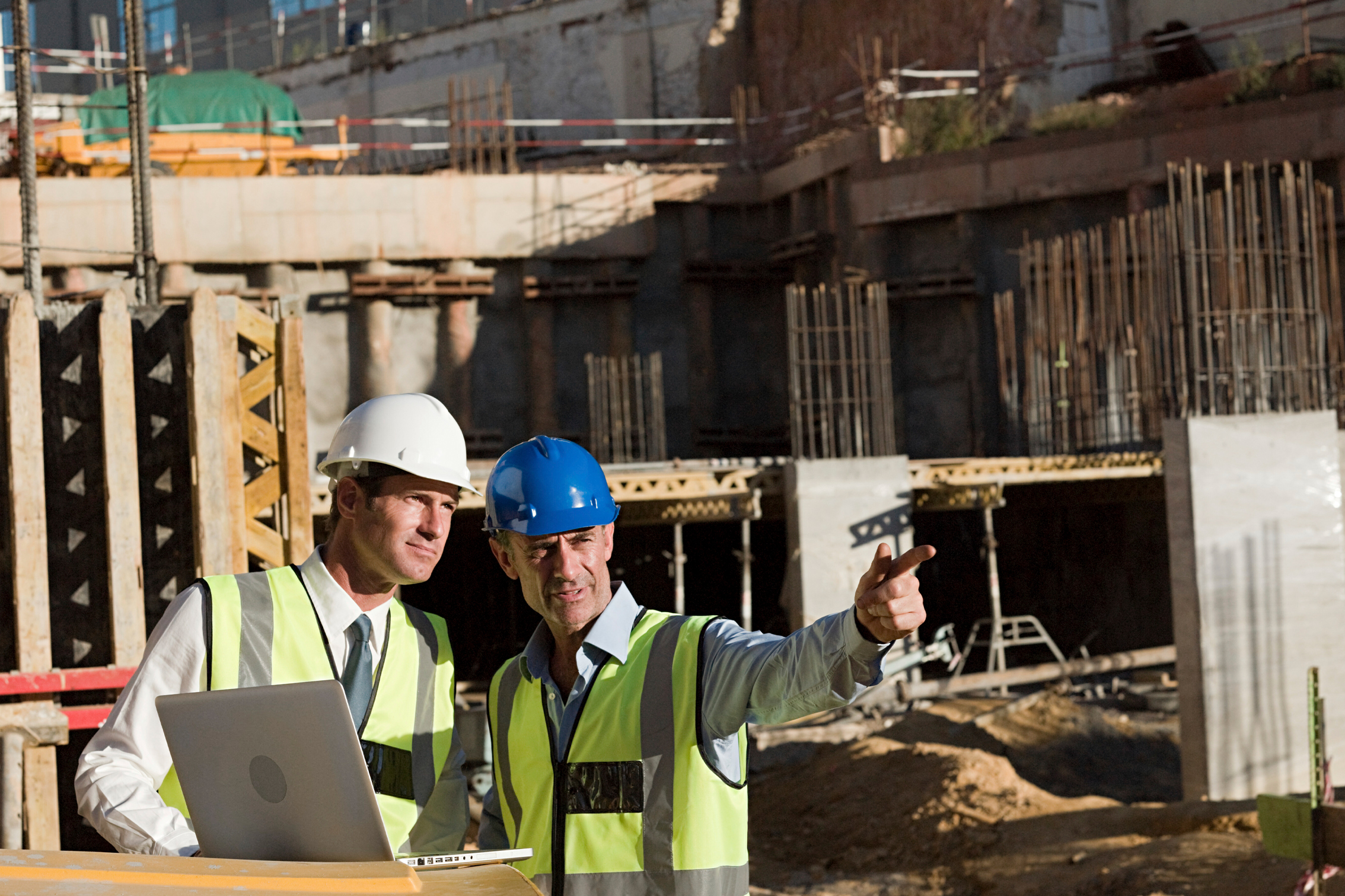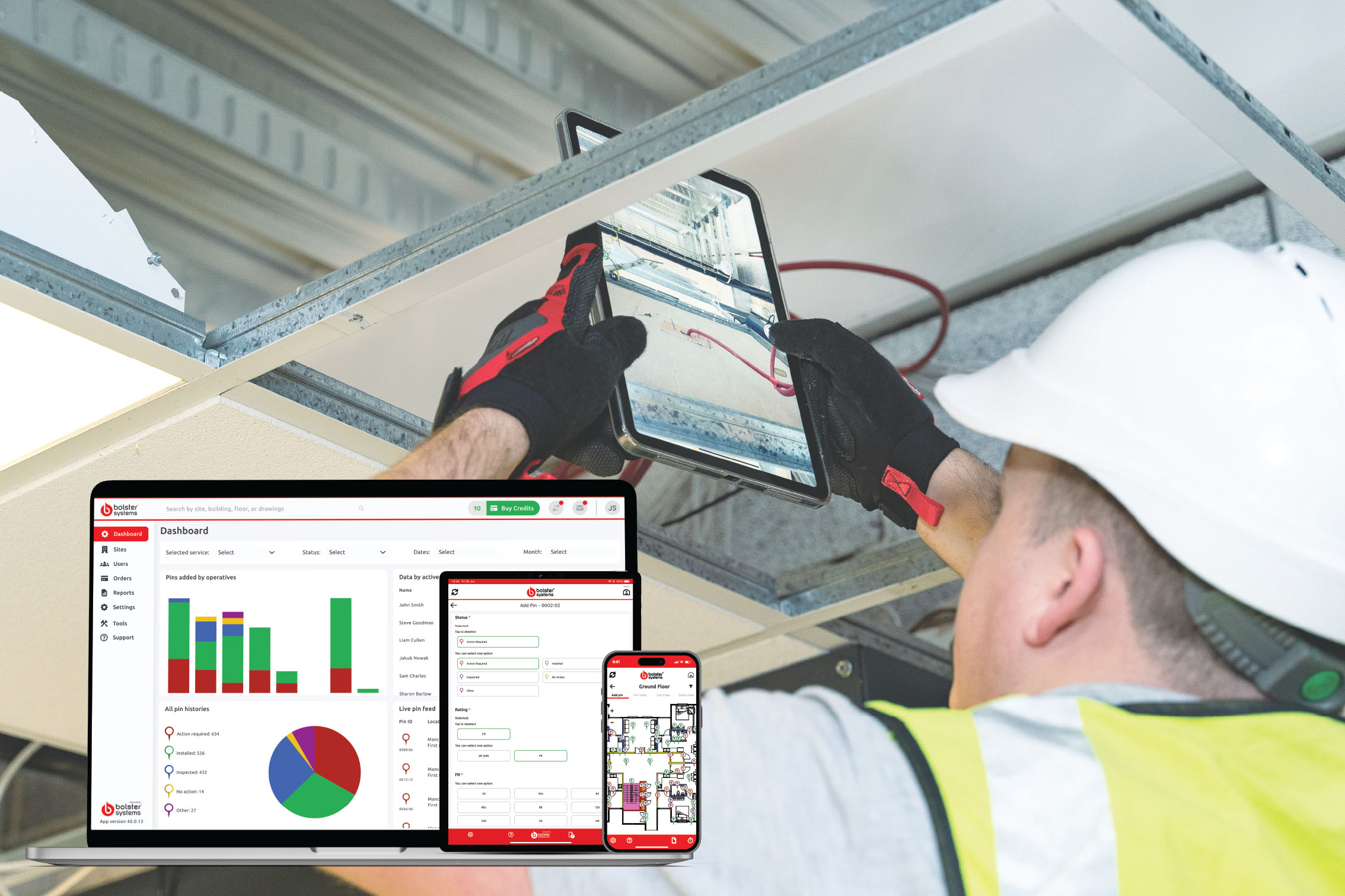How Do I Prepare for a Construction Compliance Audit?

Preparing for a construction compliance audit doesn’t have to be stressful if you plan ahead. Audits are designed to verify that the work completed on a project meets the required legal, safety, and quality standards. The key is making sure your documentation is complete, accurate, and easy to access. That’s where many projects stumble.
Most audits don’t fail because of what was done on-site. They fail because of missing paperwork, poor recordkeeping, or disorganised information. Whether it’s a health and safety review, firestopping validation, or environmental compliance check, the principles are the same: the auditor needs to see what was done, when, how, and by whom.
Here’s how to prepare:
1. Centralise your records. Keep all compliance data in one system. Spreadsheets, binders, and emails aren’t reliable or scalable. Digital platforms like Bolster store everything in one place, linked to specific site zones, dates, and tasks.
2. Make documentation visual. Photos linked to installations or inspections are often more persuasive than written descriptions. Time-stamped, location-tagged images are especially valuable for firestopping, QA checks, and incident logs.
3. Validate sign-offs and timelines. Every inspection or task should have a clear digital trail: who completed it, who approved it, and when. This is where paper systems fall short. A digital audit trail reduces disputes and shows accountability.
4. Review before the review. Perform an internal audit before the external one. Run through your compliance categories, check for gaps, and confirm that all issues have been addressed. Bolster’s dashboard makes it easy to see where outstanding items might still exist.
5. Provide easy access. Auditors want transparency. With a system like Bolster, you can grant view-only access to specific records or export audit-ready reports. That saves time on the day and avoids the scramble to produce evidence.
Being audit-ready shouldn’t start a week before the deadline. It should be built into how your team works every day. Digital compliance systems don’t just help you pass audits; they make it easier to stay ahead of them.





































